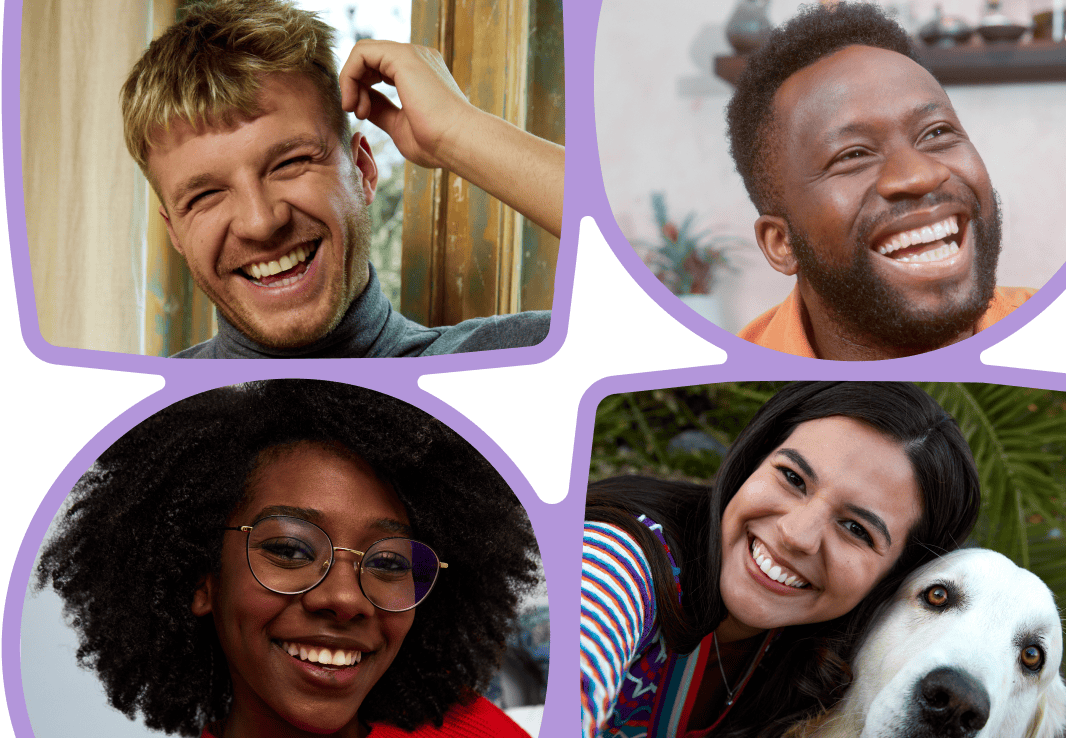Being an ally to the LGBTQ+ community is more important than ever. But being an ally isn’t a one-time event – it’s an ongoing journey. It involves continuously learning, reflecting, and taking action. It means being open-minded, showing kindness, offering support, and standing up for others, even when it's tough, unfamiliar, or awkward.
Not sure where to start? Here are 9 ideas.
1. Supercharge your LGBTQ+ savvy
It's difficult to support any community without having an understanding of their experiences, challenges, and history. You can begin by reading LGBTQ+ publications; listening to podcasts; watching shows; and, most importantly, learning from members of the community.
2. Be kind online and IRL
With the rise of toxicity and systemic abuse against LGBTQ+ people, empathy and kindness online and IRL are critical. Spend some time self-reflecting on how your own experiences, privileges, preferences, and biases impact your relationship with others. Then, spread the love (or at least don’t be mean).
3. Support LGBTQ+-owned businesses
Supporting LGBTQ+-owned businesses is a great way to contribute to a more inclusive economy and nurture a culture of equality. Don’t forget, you can also lend a hand by spreading the word on social media or among friends and family.
4. Be a conscientious consumer
Before buying new Pride gear, take a moment to consider if the brand genuinely supports the LGBTQ+ community. Ask yourself a few questions like the following:
- Does a portion of the proceeds go to a relevant nonprofit?
- Does the company have diverse representation and elevate marginalised voices in its marketing?
- How does the organisation treat LGBTQ+ employees?
- Does the brand help address systemic problems impacting the community?
By thinking about these questions, you can make a more informed decision about which brands truly align with your values and priorities.
5. Support LGBTQ+ nonprofits
Volunteer your time, use your skills, or donate money to support nonprofits that support the LGBTQ+ community. There are several types of groups, including the following:
- Advocacy: focus on legal and policy changes to advance LGBTQ+ rights.
- Health and Wellness: focus on LGBTQ+ health issues, such as HIV/AIDS treatment and prevention, mental health, and healthcare for transgender individuals.
- Education: support LGBTQ+ youth, parents and families through educational programs, scholarships, and resources to help navigate their own identities or those of people they love.
- Crisis and Support Services: provide direct support to individuals in the LGBTQ+ community, including hotlines, counselling, and support groups.
- Community and Culture: These organisations promote the rich culture and social aspects of the LGBTQ+ community, including Pride parades, arts, history, music and more.
- Transgender Rights: specifically focus on supporting and advocating for the rights and well-being of transgender and nonbinary individuals.
6. Practice intersectionality
Recognise that LGBTQ+ individuals can also belong to other marginalised groups (e.g. racial/ethnic minorities, people with disabilities) and understand that their experiences can be compounded by these intersecting identities.
7. Stand up, speak out
Many LGBTQ+ people face significant challenges, including discrimination, marginalisation, and violence. Join them in fighting against homophobic, transphobic, and biphobic language and actions.
8. Celebrate
The LGBTQ+ community contributes significantly to arts and culture, including music, fashion, film, theatre, visual arts, and literature. Highlight and celebrate them during Pride month and beyond!




